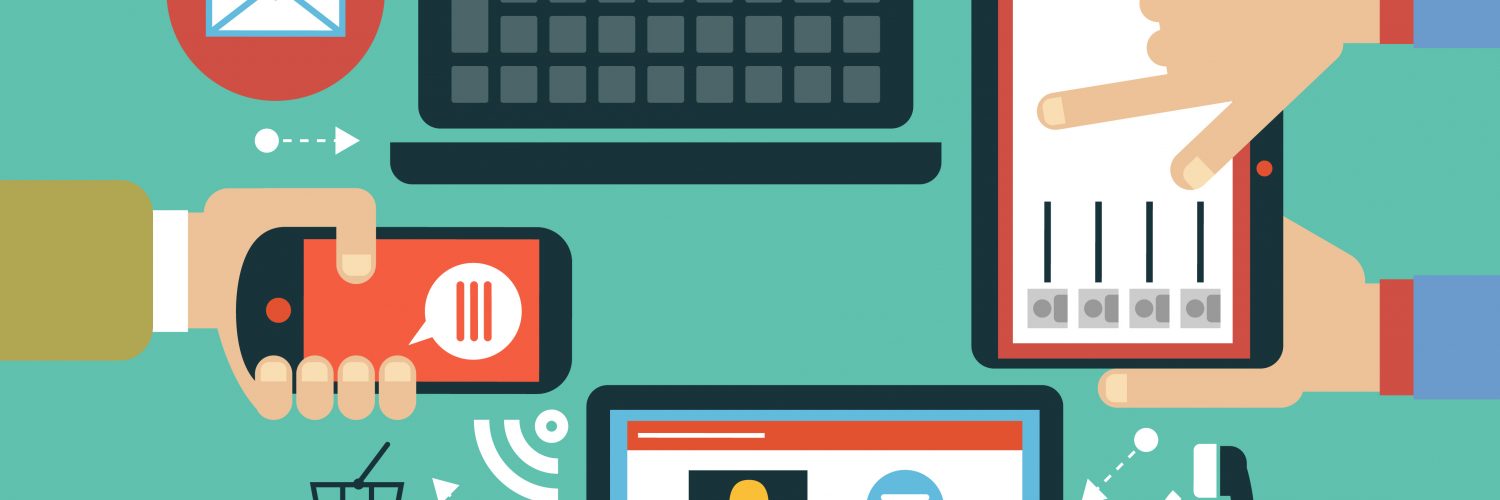Healthcare marketing
Like everyone else with ad dollars to spend, healthcare marketers are hungry for data. Spurred in part by COVID-19 but still accelerating an ongoing reality, companies have rapidly reallocated budget to the digital space.
The problem is, so much of the data driving million-dollar campaigns is shallow and contributes to lingering privacy concerns. With Google phasing out third-party cookies on Chrome, audience targeting won’t always create the right impact when data doesn’t go beyond those surface-level insights – such as basic demographics or high level treatment areas that don’t say a whole lot about the audience.
This, as the pandemic brought more eyeballs online than ever before.
In this new moment, marketers deserve better data. And consumers deserve a better balance between brand experience and privacy. Advertisers don’t just need a list of users to message—they want to understand who those people are, in aggregate, so that they can build a more personalized and sustainable marketing engine that stays with them.
Doing that requires going beyond the generic categories of human demographics and behavior to the really rich stuff: Deeper, more meaningful insights using a variety of data sources, including the core CRM. In particular, artificial intelligence (AI) and machine learning have a starring role to play in generating, uncovering, and refining that data, far and wide.
AI and Machine Learning’s Impact on Audience Insights in Healthcare
AI has already made significant impacts in healthcare: Algorithms triage radiology scans, predict disease onset, and guide treatment decisions based on thousands upon thousands of clinical inputs.
And yet, there’s unmet potential in applying these technologies to marketing. Just as a machine can compare thousands of x-rays for an instant prediction of a patient’s diagnosis, it can also pore through volumes of user data to better understand a person’s preferences and motivations—like whether they enjoy baseball or interact with content about diabetes.
Knowing these insights is valuable to any marketer looking to drive engagement and return on ad spend. But healthcare marketers particularly benefit; when you’re trying to reach doctors or other decision makers, it’s easy to forget that providers are people too. They react and respond to messaging as humans do, so knowing more about them makes for more impactful advertising.
AI can generate deep-dive insights about physicians or any other target from different datasets—it can tell what people like and dislike, and predict what messaging and creative will generate the most response—but it can’t write ad copy or create brand strategy. Creating and acting on new ideas from those insights still requires people, at least for now. Thus, the critical balance between human and machine.
Informing the Lifecycle of Healthcare Marketing
The value of audience insights goes beyond knowing who to blast messaging to—it’s more about informing the lifecycle of the marketing ecosystem with an undercurrent of data.
This then creates better relationships with audiences and the ability to personalize campaigns. With more effective advertising, marketers can then optimize current and future budgets and make the most of limited content options given the hyper-regulatory landscape of medicine.
Of course, healthcare outcomes factor in too. When you reach users with relevant and personalized messaging, ads get attention. Imagine, for example, if public health agencies targeted all unvaccinated populations and then narrowed down their circles of influence and preferences to message straight to them. Would we finally put the pandemic behind us?
Maybe so, or maybe not, because remember: Machines only provide the data marketers need to make better advertising across omnichannel touchpoints, digital and all. By understanding audiences holistically, healthcare brands can approach their targets smarter, faster, and more cost-effectively.
Making Digital Investments That Matter
COVID-19 brought more activity to digital spaces than ever before, which has forced innovation across the care continuum. It also drove healthcare stakeholders like physicians and drug companies to know more about their audiences for longer-lasting customer connections.
As these changes take shape, AI and machine learning stand to deliver more value and ROI atop ad programs. We designed our health media platform to do exactly that: surface relevant insights through the power of technology. With these insights, marketers get more control over ad spend and more optics into customer relationships.
And yes, they finally get to satisfy their appetite for data. This time, though, it’s data that makes a difference.



![[event] Trends & Insights van SXSW 2025: Wat betekent tech voor jouw toekomst?](https://www.pharmamarketeer.nl/wp-content/uploads/2025/04/47922-385x300.jpg)


![[event] Trends & Insights van SXSW 2025: Wat betekent tech voor jouw toekomst?](https://www.pharmamarketeer.nl/wp-content/uploads/2025/04/47922-80x60.jpg)



